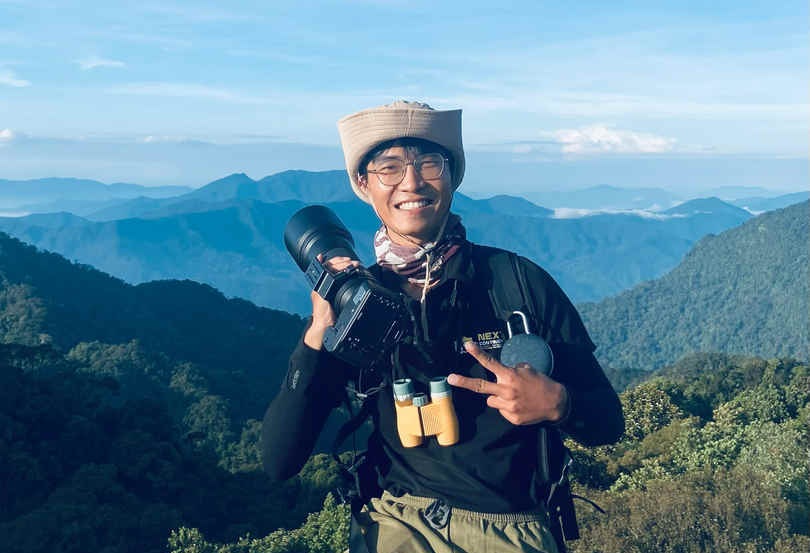
What is your favorite bird species?
There is no doubt that I can say the White-crested Laughingthrush is my favourite bird. Not only because of its stunning appearance, but also because it reminds me of early in my birding days, going out and finding this beautiful and hard-to-see bird on my own.
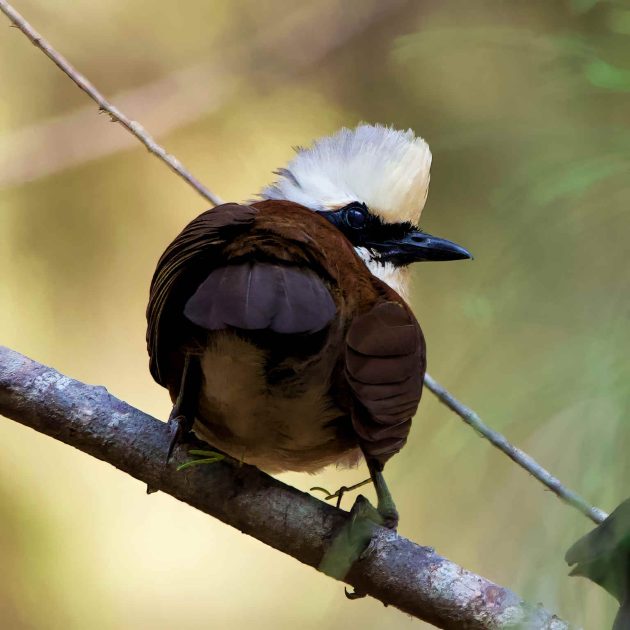
Laughingthrush are native to South, Southeast Asia and some parts of Southeast China. They are always an amazing experience for birders around the world to see these species of which Vietnam is very famous for.
What is your name, and where do you live?
My name is Phan Thanh. I’m currently living and working as a bird, wildlife, and culture guide in Da Nang, a beautiful small city in the central area of Vietnam.
What are the main regions or locations you cover as a bird guide?
I’m leading tours at most of the key areas throughout different provinces in central Vietnam, including many of the well-known national parks and nature reserves. Some famous ones and regular spots are Bach Ma National Park, Phong Nha Ke Bang National Park, Son Tra Nature Reserve, Hoi An, and parts of the Central Highlands for endemics!
How long have you been a bird guide?
I’ve been a guide for several years already, though I’ve come to this world from being a cultural and tourist guide first. Over the years, I’d drift more and more towards the “nature” styled tours, such as motorbike tours of Son Tra for the Red-shanked Douc Langur. And now, I’m happy that I’ve more or less transitioned into a full-time focus on birds, primates, and other wildlife with the Next Continent team.
Red-shanked Douc Langur
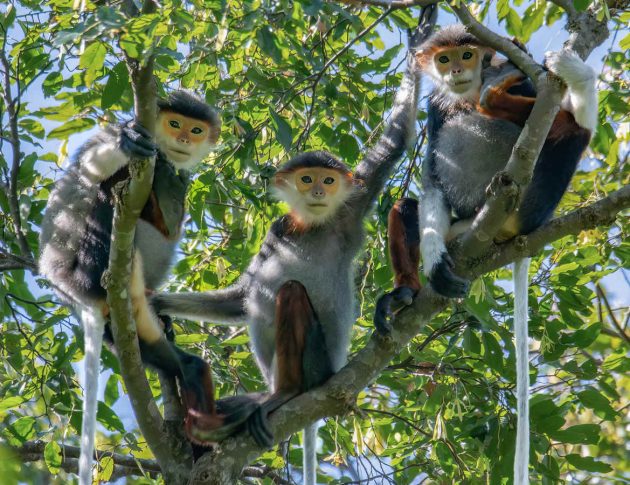
How did you get into bird guiding?
In a spontaneous meeting with one of my other wildlife guide friends, he introduced me to the Next Continent team. Even though I’d been working as a wildlife guide for years in general, the Next Continent team was something very different, and I was immediately hooked by their professionalism, knowledge, and willingness to pour a lot of time and resources into training their guides. That’s when I really started my journey of professional bird and wildlife guiding.
Personally, the bird world used to be totally different in my perspective, as birding is not that popular in Vietnam yet with locals. We do have an abundance of natural resources, but sadly, locals haven’t noticed or appreciated this as much, and as a result, we don’t have many policies to protect birdlife in general. And illegal bird trading is still happening, which doesn’t help. One of my missions is to also build a community here and to raise people’s awareness about birds and wildlife in general.
What are the aspects of being a bird guide that you like best? Which aspects do you dislike most?
Being a bird guide gives me opportunities to meet more and more birders from around the world and share our love for wildlife and birding together. Being in the field can sometimes be very challenging, but always very rewarding.
The seasonal factor of birding in Vietnam is something that I don’t really like because it makes certain times of year very tough, of course, it’s inevitable, though. Also, climate change has a big and noticeable impact on birds’ behaviour here, so some habitats and species are getting tougher each year.
What are the top 5-10 birds in your region that are the most interesting for visiting birders?
White-crested Laughingthrush: It is easily recognized by its tall, fluffy white crest, contrasting black eye-mask, and rich chestnut-brown body. Highly social and often seen in noisy flocks, this bird is famous for its loud, laughter-like calls that echo through the forest. Sadly, this species is commonly traded as a cage bird in Vietnam due to its striking appearance and nice vocalizations.
Lesser Necklaced Laughingthrush: Easy to hear their song, but difficult to see sometimes as they’re sneaky and shy. This bird features a buffy face with a bold black eyestripe, white throat, and a distinctive black “necklace” across the upper chest, giving it its name.
Silver-breasted Broadbill: A distinctive appearance bird with a silvery-blue chest, rufous crown and back, black-and-white wings, and striking blue eye-rings. Compact and short-tailed, it is often seen in pairs or small flocks flitting quietly through the mid-canopy of evergreen and secondary forests.
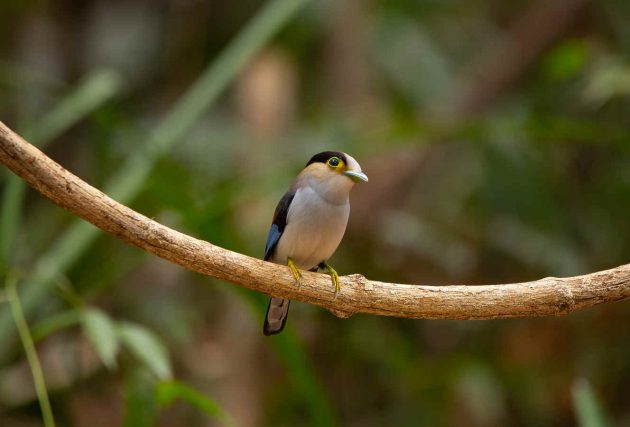
Bar-bellied Pitta: One of our near-endemic pittas and always a big target for our guests. It’s a very beautiful bird with bright greens, yellows, and blue/violet coloured tail, then the famous black barring across the breast. Can be tough, like most pittas, but when you understand their behaviour, they’re easier to find in the forest.
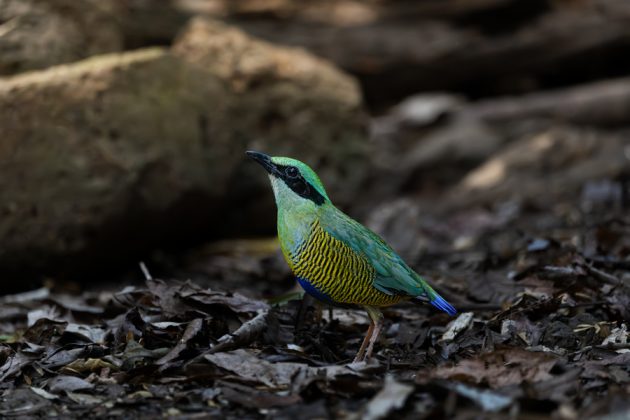
Necklaced Barbet: It has a bright green body, blue face, red forehead, and a distinctive black “necklace” marking on its throat, which gives the species its name. Endemic to the Annamite Range (and one of our regulars from Bach Ma), the Necklaced Barbet is rarely seen outside Vietnam, making it a prized sighting for birdwatchers.
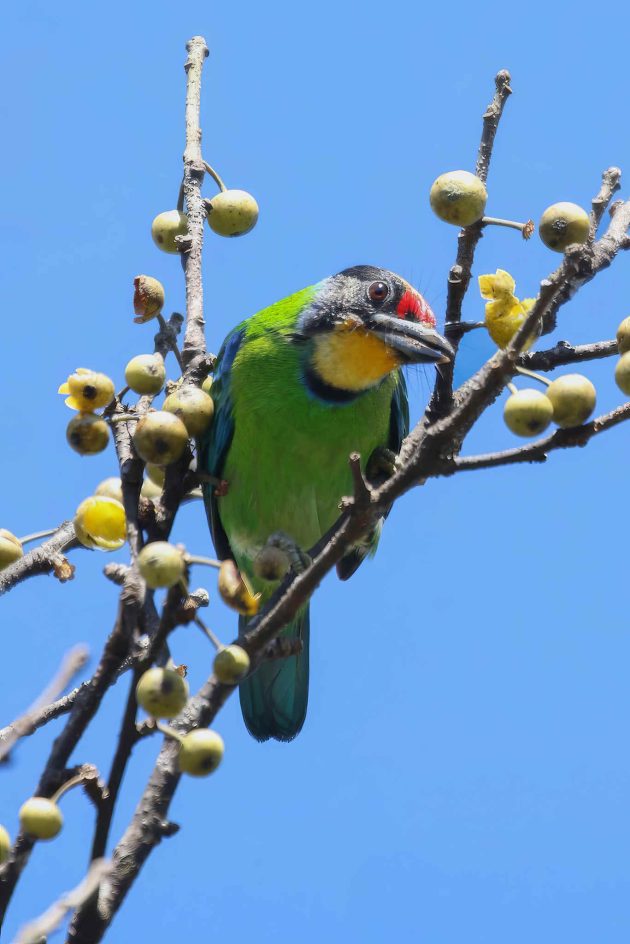
Silver Pheasant: One of my favourites and a very popular bird on our tours. It’s a large, beautiful pheasant that we see in Bach Ma National Park. It has bright white feathers with a long snowy tail and bright red face, making it a favourite species for most of our guests.
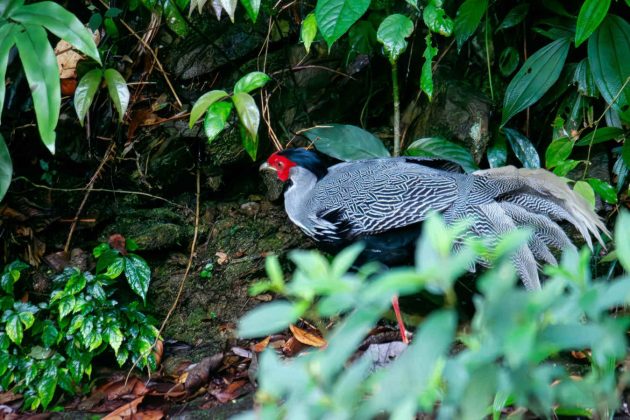
Pied Kingfisher: Even though it’s common in other parts of the world, I really like this kingfisher. It hovers above the water before diving headfirst to catch fish, making it one of the few truly hovering kingfishers. In my area, it’s not so common, but one I always like to show guests.
Can you outline at least one typical birdwatching trip in your area? Please briefly describe the locations, the key birds, and the approximate duration of such a trip
One of the typical birding trips in my area is going birding at Bach Ma National Park (Annamite Mountains) for 3 days, 2 nights. It has a bird list of way over 300 species and has many big target highlights such as Rufous-throated Partridge, Hodgson’s Frogmouth, Blue-rumped Pitta, Ratchet-tailed Treepie, Mountain Scops Owl, Golden Babbler, Spot-bellied Eagle Owl, Silver Pheasant, Black-throated Laughingthrush, Fork-tailed Sunbird, and many more. We visit different parts of the mountain, covering many different habitat types such as high montane evergreen forest, scrubland, bamboo thickets, rivers, and streams. At night, we enjoy spotlighting, allowing us to also see mammals like civets, bats, pygmy slow loris, and lots of herps. We get to stay in a French-era villa at the summit, which means great food and the beautiful forest right all around us.
What other suggestions can you give to birders interested in your area?
The best time to visit and go birding in the area should be between November and April, as the weather is much cooler in the area, and there are diverse species of both native and migratory birds from the North. If you plan to visit in the summer, make sure that you’re well prepared with the weather and the heat, humidity. Wear proper clothes, sun hat, bring water, …
If any readers of 10,000 Birds are interested in birding with you, how can they best contact you?
If you are interested in birding with me in the central areas of Vietnam, please contact me via Next Continent email: info@nextcontinent.travel
Is there anything else you would like to share with the readers of 10,000 Birds?
My team and area are in Da Nang, central Vietnam. If you are planning to visit and need someone to help with planning your trip, please get in touch. Our team members are experts in all aspects of nature, so we can help with birds, mammals including primates, herping, insects, plants, and more!

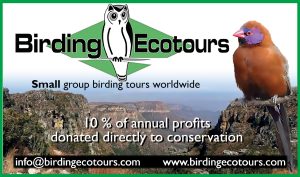
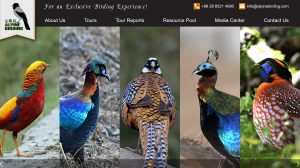
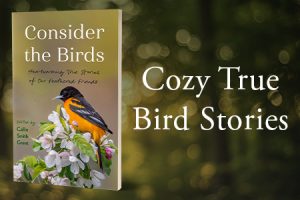
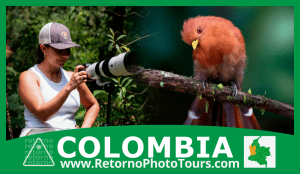
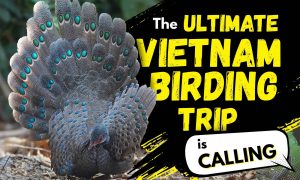
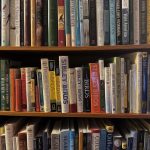
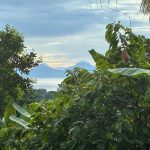
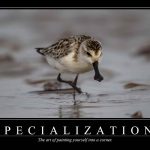
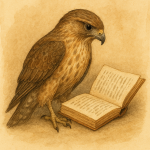
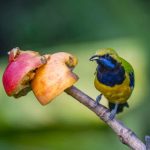
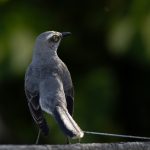
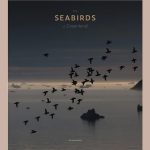
Wonderful! Very tempting description…
Gorgeous birds. Thank you so much, Phan Thanh. Am packing my bags!